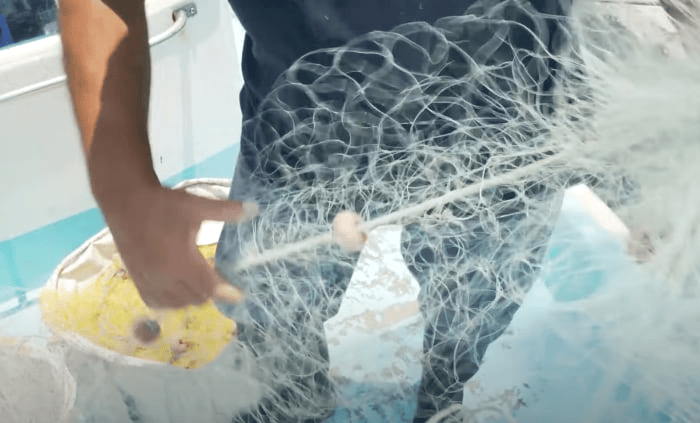A European research program ending in March 2024 assessed the feasibility of producing fishing nets from the bioplastic polylactic acid (PLA), as well as equipment and packaging made from polyhydroxyalkanoates (PHA) and other biologically sourced polymers.
The research program, called SeaLive, is a €10.26 million EU-funded project over 4.5 years that aims to advance circular economy strategies and advanced bio-based solutions to keep our land and oceans free from plastic pollution.
According to TotalEnergies Corbion, who participated in the project by supplying PLA Luminy, the nets studied by SeaLive can be industrially composted at the end of their useful life and are expected to degrade naturally after 10 years if accidentally dispersed at sea, i.e., up to 40 times faster than traditional plastic nets, which are typically made of nylon.PLA is also being used to evaluate new applications for fishing boxes and net bags for oyster farming.
Another important highlight of the SeaLive project is that Pellenc ST has developed an optical sorting machine capable of identifying and separating bioplastics from the waste stream, avoiding contamination and ensuring the recyclability of the material. Biodegradable, compostable or recyclable bioplastics can be separated from the most commonly used recyclable polymers such as PET, PE, PP or PS. in addition, the machine is capable of separating different bio-based polymers such as PLA, PBS, PBAT, PHB-PHBV and cellulose acetate.
In addition to fishing equipment, solutions to reduce plastic pollution on land and at sea, including rigid food containers, flexible packaging, disposable tableware and agricultural films, have been studied.


